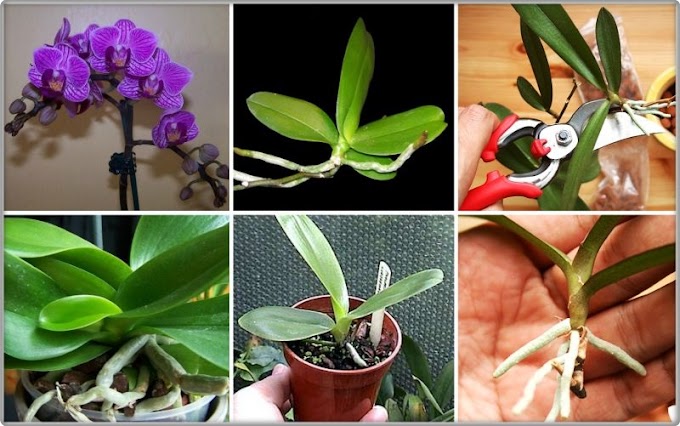Uncarina is a succulent plant in family Pedaliaceae found in Madagascar, the deciduous shrub may sometimes be considered a small tree as it grows to 25 feet (7.6 m) tall. It is highly floriferous. It usually has yellow flowers with three species having white or purple/mauve flowers.
Species include: (in approx. order of rarity in my view)
Growing Conditions
Light: This heat resistant plant does best when grown in part shade to full sun.
Temperature: Uncarinas are tender, cannot endure temperatures below 35 2° F (2° C), if grown outdoors they will probably grow back from roots, if frozen. They are quite heat tolerant.
Water: Water abundantly when actively growing and keep dry when dormant.
Soil: Uncarina needs a rich, very well drained potting soil.
Fertilizer: Use diluted fertilizer on young plants to speed up growth.
Growing from seed: Rainy season is the best for sowing uncarina seeds. Though fresh seeds are good, old seeds also have high germination. I use a light-weight soil mix for sowing uncarina containing mainly sieved and washed river sand, cocopeat and Soilrite in equal proportion with some perlite. I spread seeds on the surface and cover them lightly with cocopeat.
The pot is than half submerged in water tub containing water for half an hour so that the seeds get puffed up. The pot is kept in open rain but away from a place where it can get any sunlight. Seeds germinate within a week. Once the seeds germinate and are about an inch tall, I move them to shaded area and spray once with systemic fungicide and than with light doses of humic acid on a daily basis. I transplant them individually once they are 3-4 inches tall.
Growing: Uncarina are not much demanding, usually trouble free and fast growing plants that do not require much attention. They need a porous soil with lot of sun and water. They need regular watering during summers and responds well to liquid fertilizers. Occasional dose of micronutrients keeps the plant healthy. They go dormant in winters.
Species include: (in approx. order of rarity in my view)
- Uncarina roeoesliana (smallest flower but too much flowering),
- Uncarina decaryi,
- Uncarina grandidieri (like some lime and iron rich soil),
- Uncarina stellulifera (purple flower) (like some lime and iron rich soil),
- Uncarina peltata,
- Uncarina perrieri,
- Uncarina leptocarpa (white flower),
- Uncarina sakalava,
- Uncarina abbreviata (purple flower),
- Uncarina leandrii, and
- Uncarina turicana.
Growing Conditions
Light: This heat resistant plant does best when grown in part shade to full sun.
Temperature: Uncarinas are tender, cannot endure temperatures below 35 2° F (2° C), if grown outdoors they will probably grow back from roots, if frozen. They are quite heat tolerant.
Water: Water abundantly when actively growing and keep dry when dormant.
Soil: Uncarina needs a rich, very well drained potting soil.
Fertilizer: Use diluted fertilizer on young plants to speed up growth.
Growing from seed: Rainy season is the best for sowing uncarina seeds. Though fresh seeds are good, old seeds also have high germination. I use a light-weight soil mix for sowing uncarina containing mainly sieved and washed river sand, cocopeat and Soilrite in equal proportion with some perlite. I spread seeds on the surface and cover them lightly with cocopeat.
The pot is than half submerged in water tub containing water for half an hour so that the seeds get puffed up. The pot is kept in open rain but away from a place where it can get any sunlight. Seeds germinate within a week. Once the seeds germinate and are about an inch tall, I move them to shaded area and spray once with systemic fungicide and than with light doses of humic acid on a daily basis. I transplant them individually once they are 3-4 inches tall.
Growing: Uncarina are not much demanding, usually trouble free and fast growing plants that do not require much attention. They need a porous soil with lot of sun and water. They need regular watering during summers and responds well to liquid fertilizers. Occasional dose of micronutrients keeps the plant healthy. They go dormant in winters.




